-
The Brazilian Amazon region has experienced floods and droughts in recent years.
-
Rising temperatures around the globe contribute to increasingly severe natural disasters.
-
Photos show the impact of extreme weather on residents of towns along the Amazon River.
In 2021, heavier than normal rains flooded towns along the Amazon River and its tributaries in Amazonas, Brazil.
Two years later, the bottoms turned to sand during months of drought.
The Amazon region floods annually during the rainy season, bringing nutrient-rich sediment from the Andes Mountains to the rainforest floor, according to the World Wildlife Fund.
However, rising temperatures around the globe have contributed to the increasing frequency and severity of weather-related natural disasters.
Photographs show how regions like the Amazon oscillate between extreme weather conditions and their inhabitants struggle to adapt.
In the summer of 2021, there was widespread flooding at record levels in Anama in the state of Amazonas, Brazil.
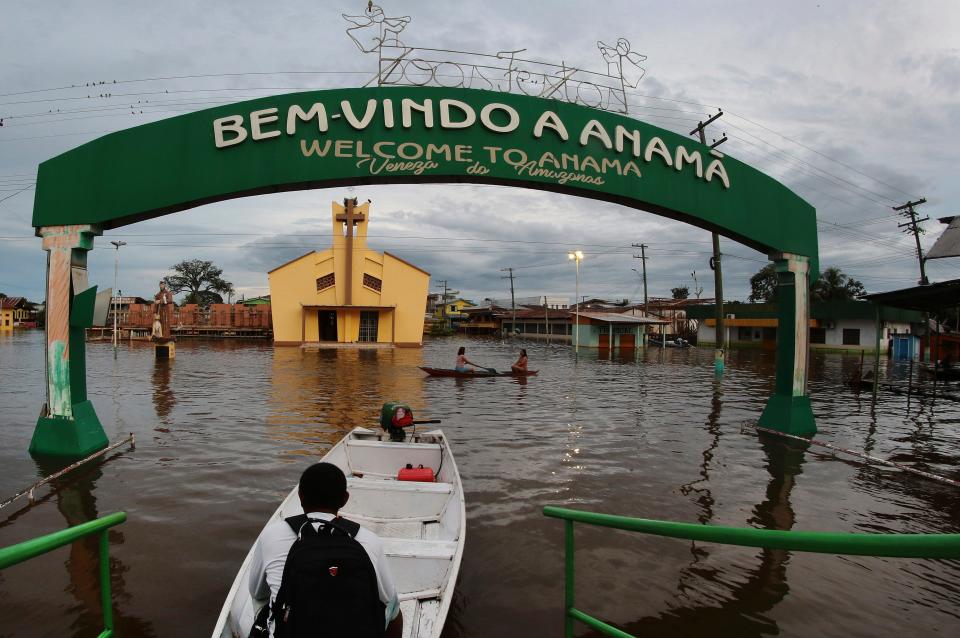
Unusually high rainfall during the regular rainy season has swelled local rivers to record levels, affecting 350,000 people across the state of Amazonas, the Associated Press reported.
In June 2021, the Rio Negro measured 29.98 meters (98.4 feet), the highest height on record since 1903, according to the scientific journal Weather and Climate Extremes.
The small town of about 14,000 people, known as “The Venice of Amazonas,” was mostly submerged under water.
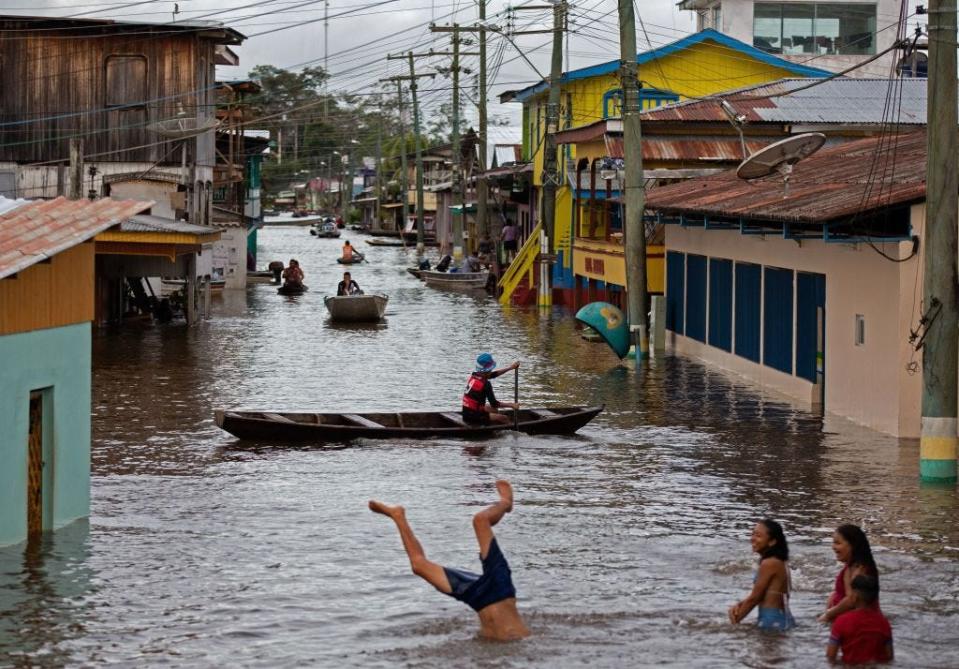

Residents swam and used canoes to navigate the flooded streets.
Farmers had difficulty keeping their livestock afloat.


Cattle farmer Francisco Orivan Soares de Bastos used wooden poles to support his cattle.
Inside their houses, the locals built raised platforms with wooden planks to stay above the water.
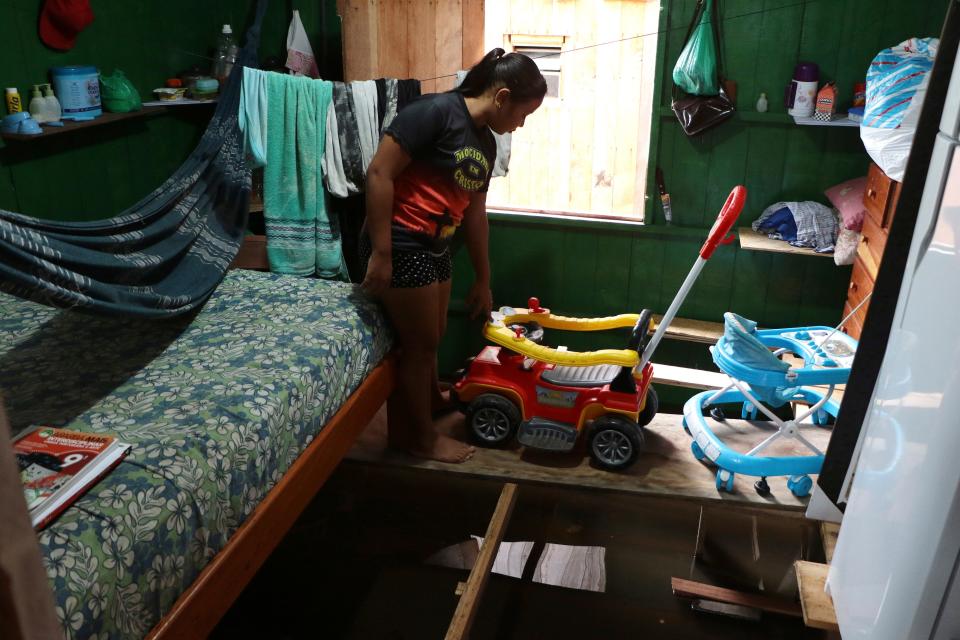

“We have experience here, but this is going beyond the limits,” Raimundo Sampaio Sobreira, 63, told AP.
Raphael Alves d’Anama’s photograph, titled “Stranded,” won a prize in The Nature Conservancy’s 2023 photography competition.
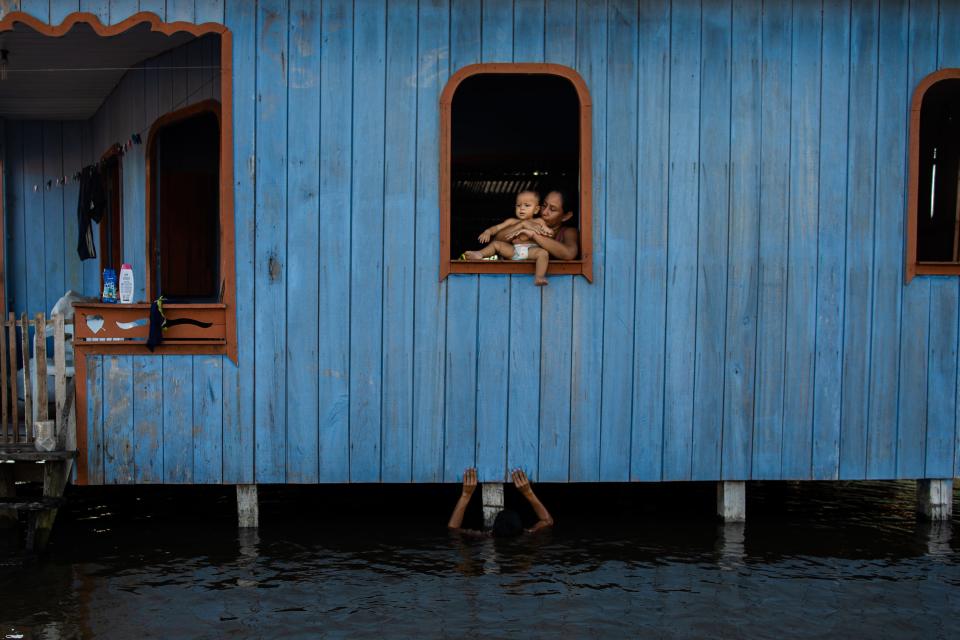

Alves, who grew up in the Amazon region, won first place in the Climate category of the competition.
“Anama has been an ‘amphibious city’ for years,” Alves said with the photo, taken in 2021. “Without work, adults stay at home most of the time. Children are left, without classes and without public leisure spaces , playing. in the underwater areas.”
In October 2023, a tributary of the Amazon River was drained to record lows due to a prolonged drought.
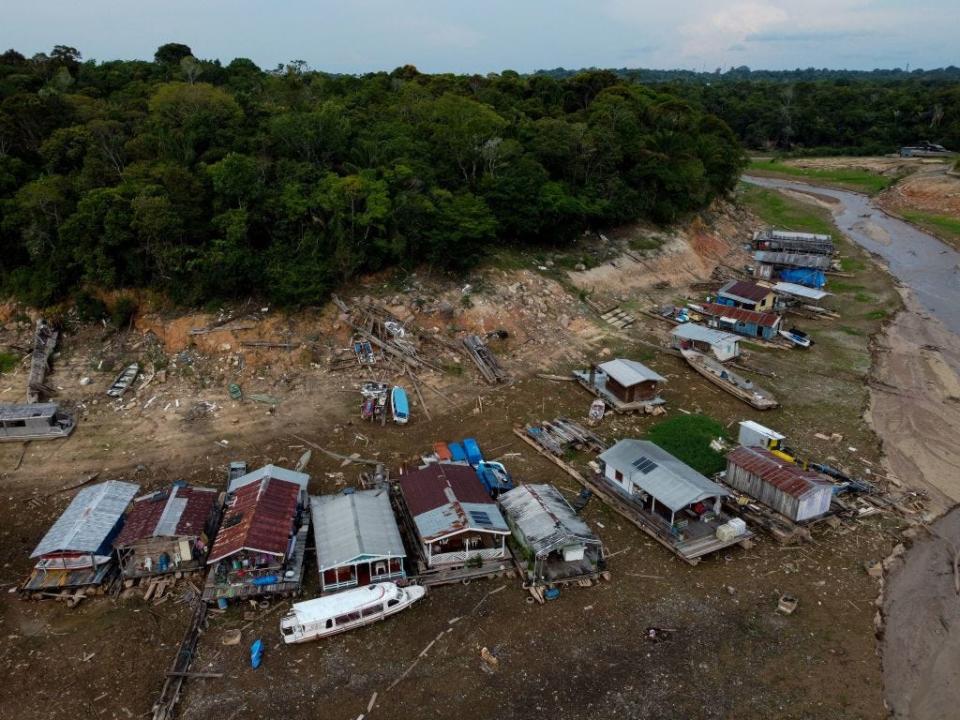

At the port of Manaus, where the Amazon River meets a tributary of the Rio Negro, water levels reached 13.59 meters – the lowest level ever, Reuters reported.
Without the waterways that connect riverside towns along the Amazon, places like Anama and Manaus were isolated.
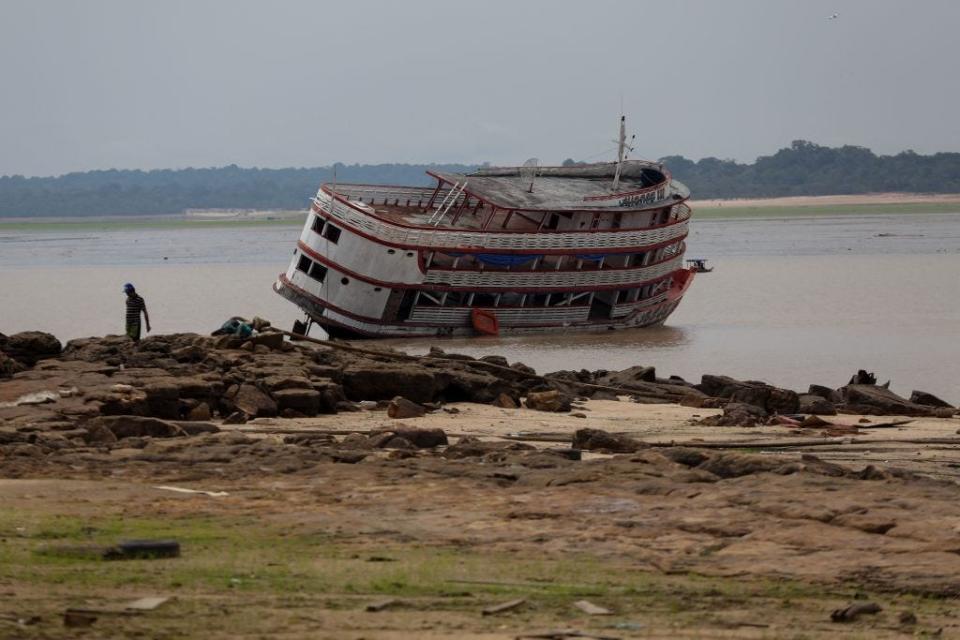

As boats were unable to reach communities along the rivers, the local people had difficulties with transportation and had problems in obtaining necessities such as food and medicine.
Amazon residents dug wells in the cracked ground to get water.
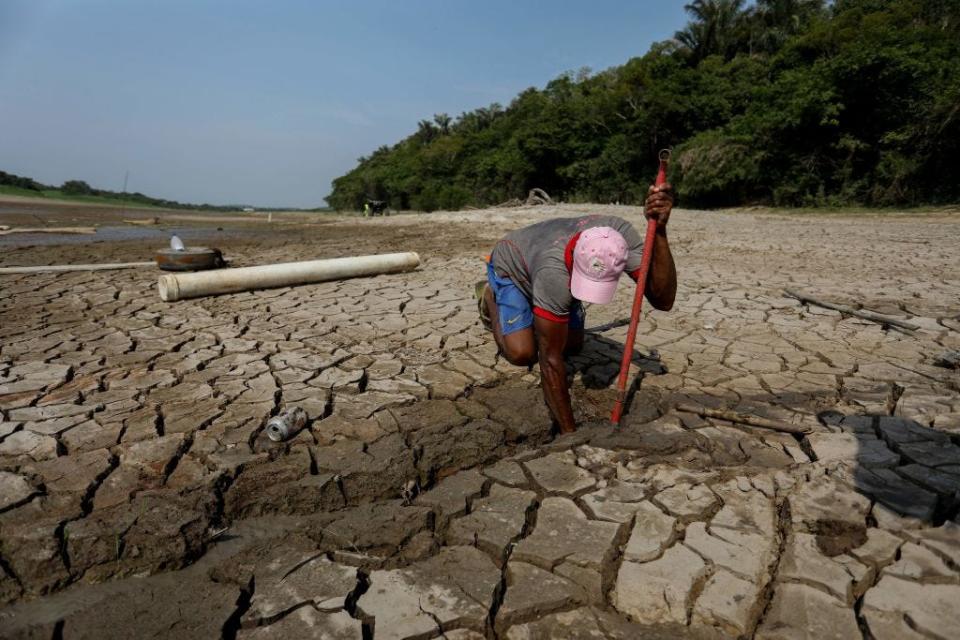

The drought affected 481,000 people in the state of Amazonas, according to local authorities.
“We have gone three months without rain here in our community,” Pedro Mendonca, who lives in Santa Helena do Ingles west of Manaus, told Reuters in November. “It’s much warmer than past droughts.”
One surprising result of the drought was the discovery of prehistoric carvings that had been covered in water for around 2,000 years.
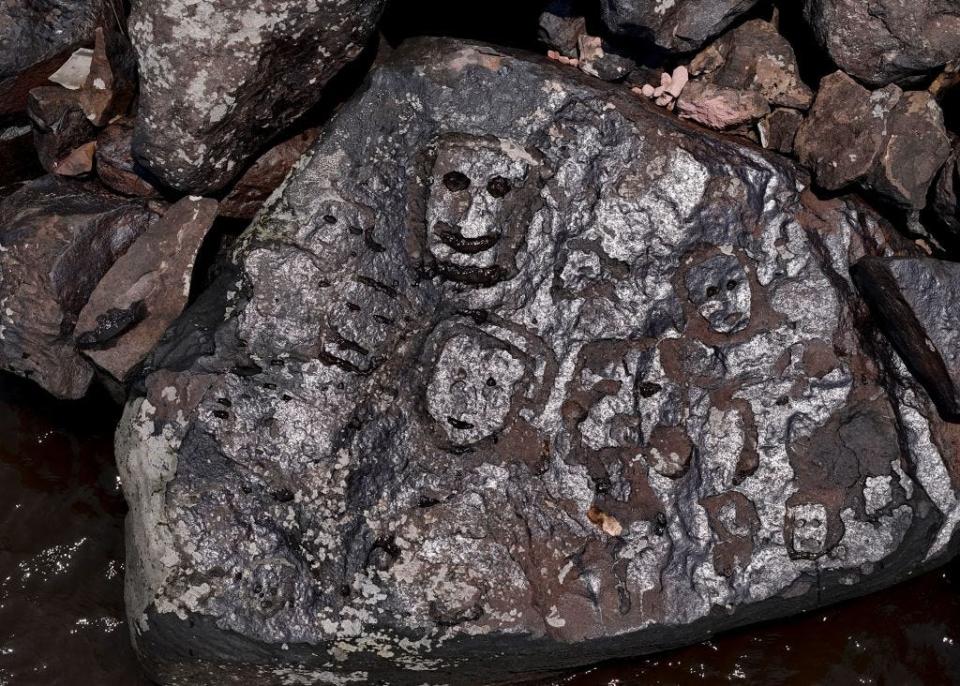

The faces, found carved into rocks in Manaus, were like modern emojis.
“The site conveys emotions and feelings,” said archaeologist Jaime Oliveira of the Brazilian Institute of Historical Heritage Agence France Presse (AFP). “It’s an engraved rock record, but it has something in common with current works of art.”
Large expanses of dry land where rivers once overflowed caused concern.
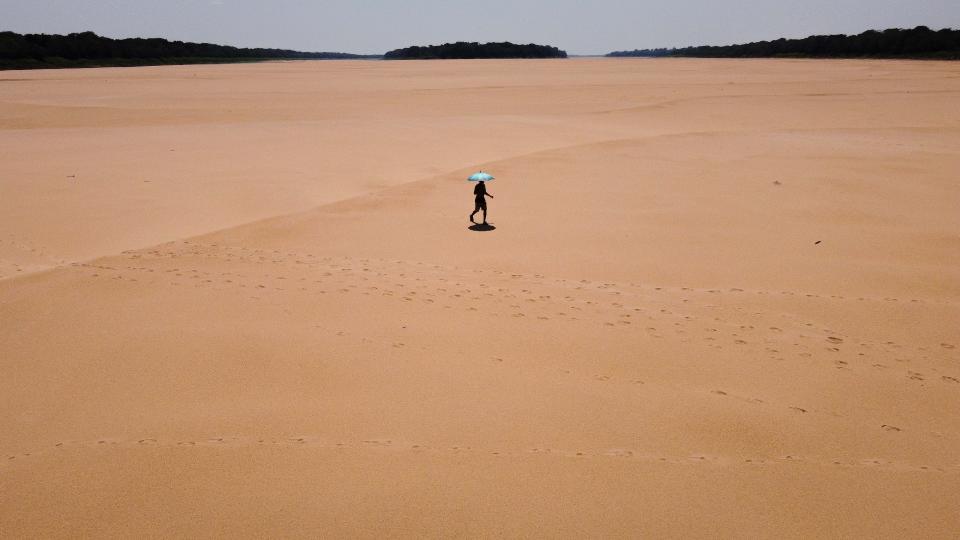

“We are already living a situation of climate change that oscillates between extreme events, drought or heavy rain. This has very serious consequences not only for the environment, but also for people and the economy,” Ane Alencar, scientific director of the Amazon’s nonprofit Environmental Research Institute, AP said in October. “I think there is a very high chance that what we are living now, the oscillation, is the new normal.”
Read the original article on Business Insider